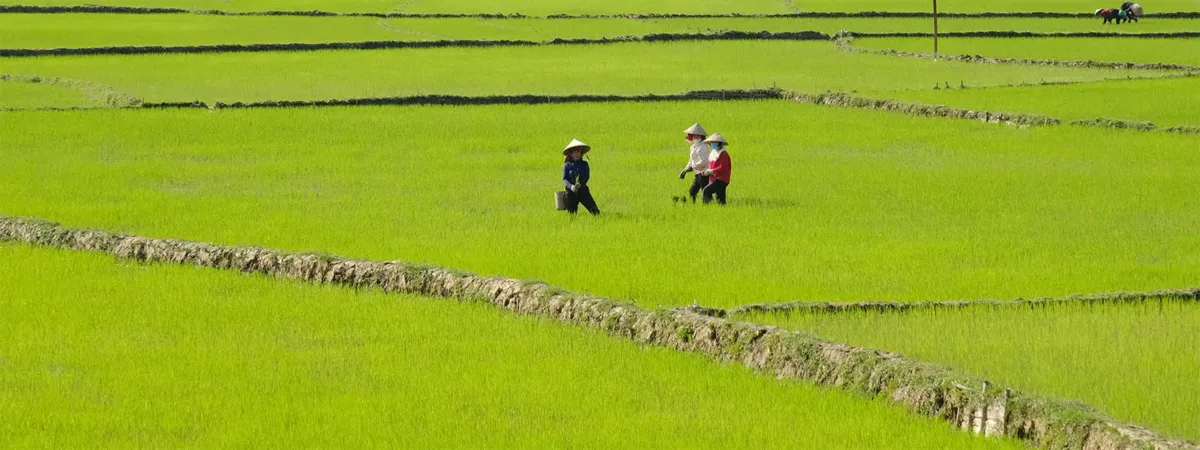

13
# Days

684
# Kilo-
meters
meters

7991
# Altitude
Difference
Difference

1
# Bike
Defects
Defects

0
# Night in
the Tent
the Tent

2
# Days without
Shower
Shower

4
# Days with
>50% Sunshine
>50% Sunshine

0.08
# kg
Chocolate
Chocolate























































